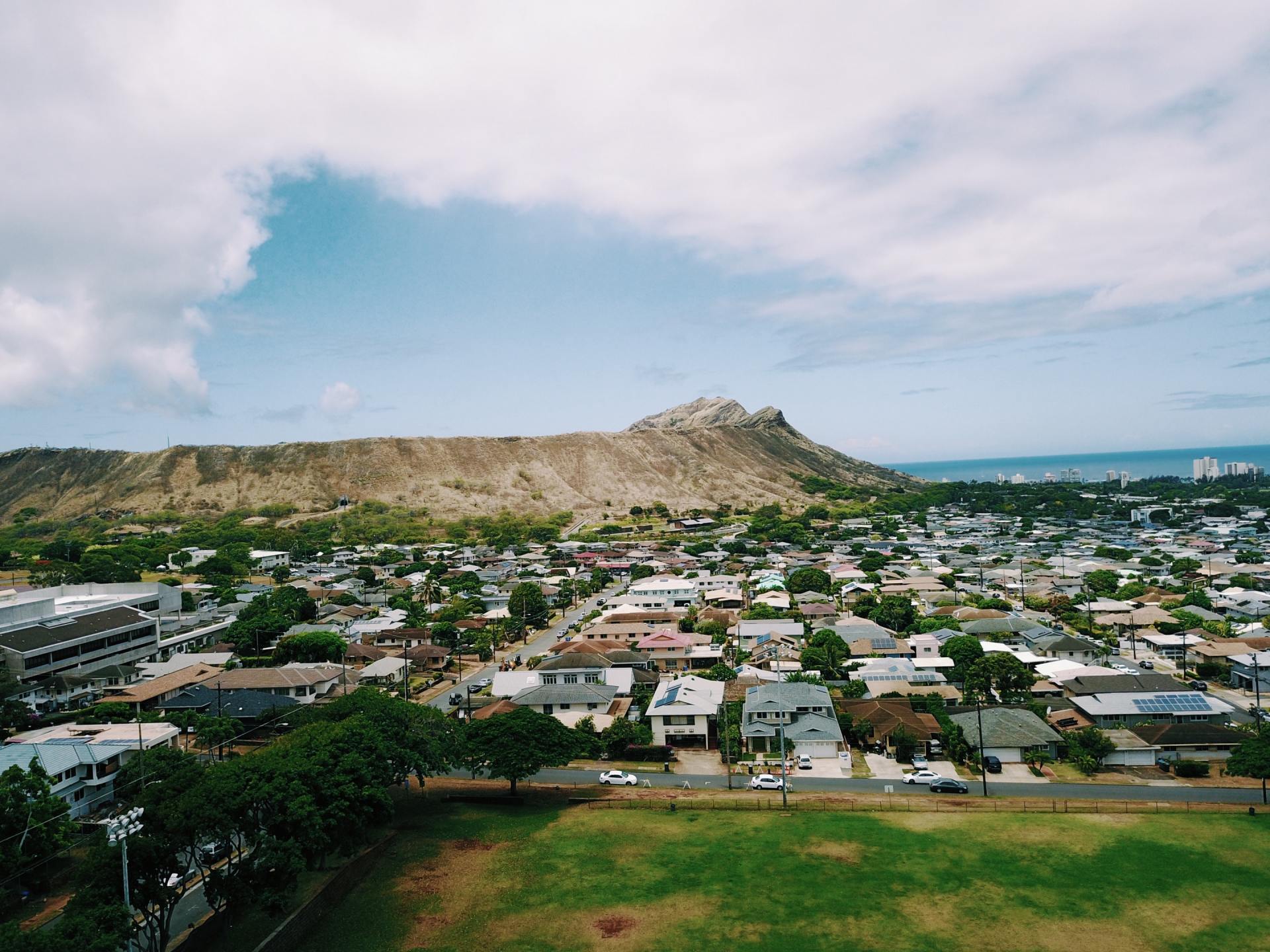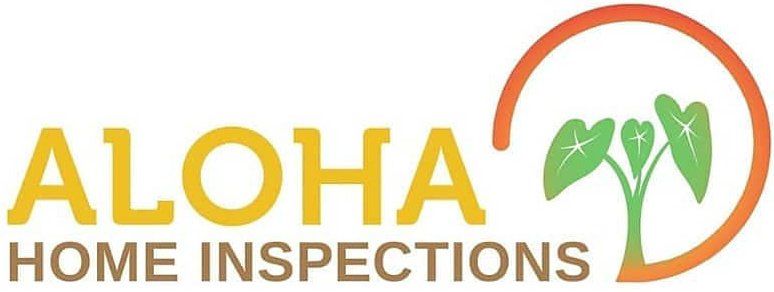Top 10 Home Inspection Red Flags That Could Cost You Thousands
Here on Oahu, buying or selling a home comes with its own set of challenges and rewards. While the allure of island life is undeniable, navigating the real estate market requires due diligence, particularly when it comes to home inspections. A thorough home inspection can unearth issues that, if overlooked, could lead to significant financial burdens down the line. Here, we explore the top 10 home inspection red flags that potential home buyers and sellers in Oahu should be aware of, providing actionable advice to ensure you're well-informed during the inspection process.
1. Structural Integrity Issues
The foundation of any home is its structure. In Oahu, where tropical storms and the salty air can be harsh on buildings, checking for structural integrity is crucial. Signs of foundation cracks, uneven floors, or doors that won't close properly can indicate serious structural concerns that might require expensive repairs.
2. Roof Damage
The condition of the roof is paramount, especially in an area prone to heavy rainfall and strong winds. Damaged or missing shingles, signs of water leakage, and poor drainage can all lead to costly repairs. Given the high cost of roofing materials and labor on the island, addressing roof issues promptly is essential.
3. Termite and Pest Infestations
Termites are a common problem in the humid climates of Hawaii. These silent destroyers can compromise the structural integrity of a home if left unchecked. During the inspection, be wary of signs of termite damage, such as hollow-sounding wood, visible mud tubes, or frass (termite droppings).
4. Electrical Wiring Problems
Outdated or faulty electrical systems are not only a financial concern but also a safety hazard. Look for issues such as outdated wiring, insufficient electrical panels, and exposed wires. In Oahu, ensuring that the electrical system can handle modern demands is key.
5. Plumbing Issues
Plumbing problems can range from minor leaks to major pipe damage. In Oahu, it's important to check for signs of rusting pipes, slow drains, and water damage. These issues can lead to significant repair costs and potential water damage restoration expenses.
6. Poor Drainage and Grading
Improper drainage can lead to water intrusion and foundation problems. Especially in Oahu's rainy season, ensuring that the property has adequate drainage to prevent water from pooling around the structure is crucial.
7. Mold and Mildew
The warm, humid climate of Oahu is conducive to mold and mildew growth, which can cause health issues and damage to the home. Be alert for musty odors and visible mold patches, especially in areas prone to moisture like bathrooms and kitchens.
8. Inefficient HVAC Systems
Heating, Ventilation, and Air Conditioning (HVAC) systems are essential for maintaining comfort in Oahu's climate. An outdated or malfunctioning HVAC system can lead to high energy bills and costly replacements.
9. Defective Windows and Doors
Windows and doors that don't seal properly can lead to energy inefficiency and water intrusion. In Oahu, where cooling homes is a priority, ensuring that windows and doors are in good condition can save on energy costs and prevent water damage.
10. Environmental Hazards
Lastly, it's important to be aware of environmental hazards such as flood zones, volcanic zones, and the presence of hazardous materials like asbestos or lead paint. These factors can significantly impact insurance costs and the safety of the home.
Navigating the Home Inspection Process
Armed with knowledge of these red flags, potential buyers and sellers in Oahu can approach real estate transactions with greater confidence. Here are some tips to navigate the home inspection process effectively:
- Hire a Qualified Inspector: Ensure your home inspector is experienced and familiar with Oahu's unique environmental and structural challenges.
- Be Present During the Inspection: This allows you to see potential issues firsthand and ask questions.
- Review the Inspection Report Carefully: Understand the findings and discuss any concerns or necessary repairs with a real estate professional.
By being informed and proactive, you can navigate the home inspection process successfully, avoiding unexpected costs and ensuring a sound investment in Oahu's real estate market. Whether you're buying your dream home or selling a cherished property, awareness of these inspection red flags can save you thousands and ensure a smooth transaction.


